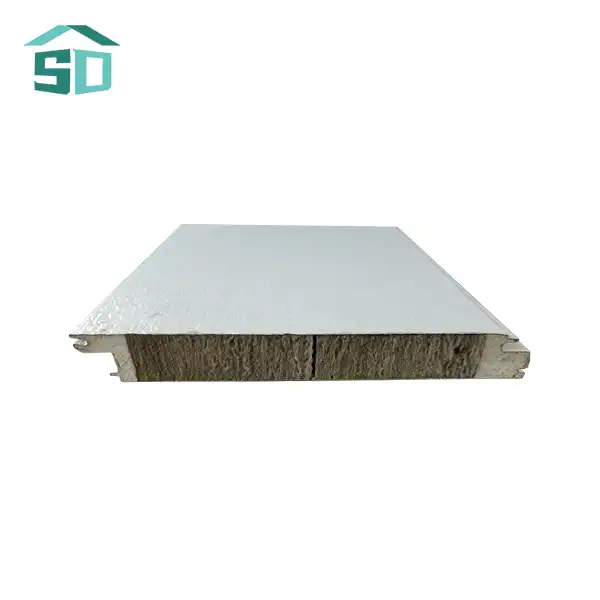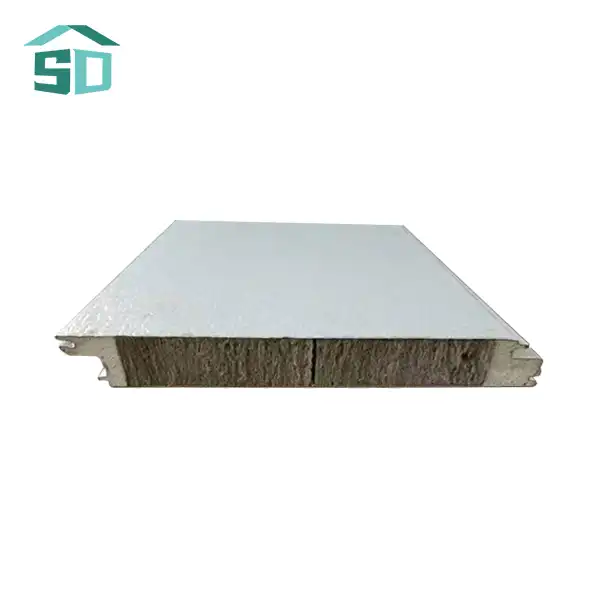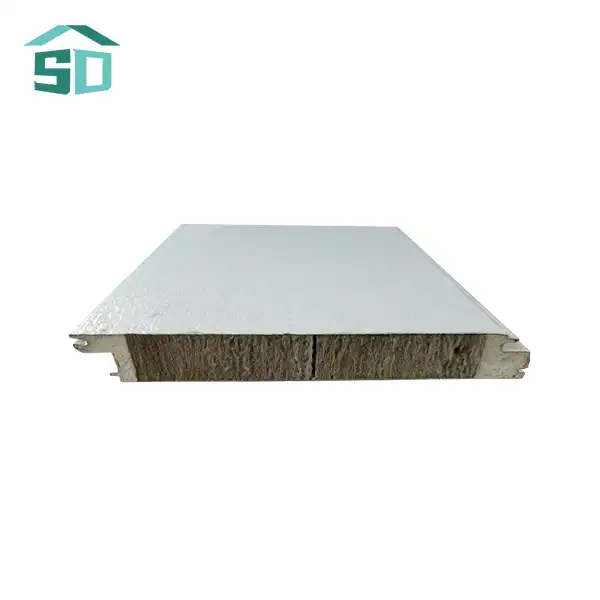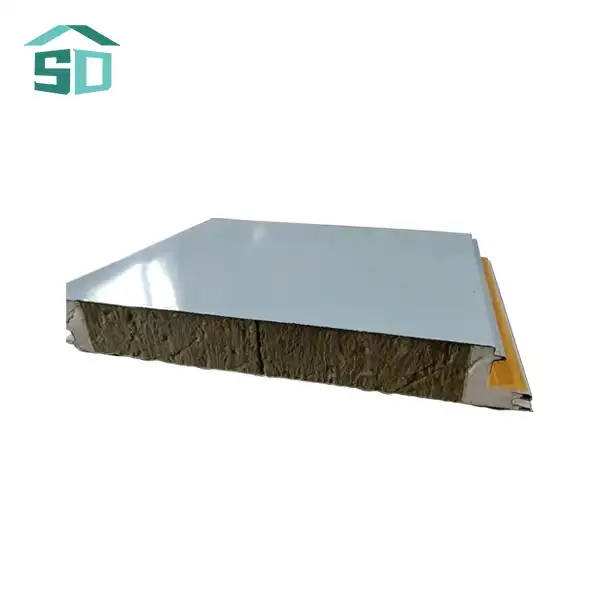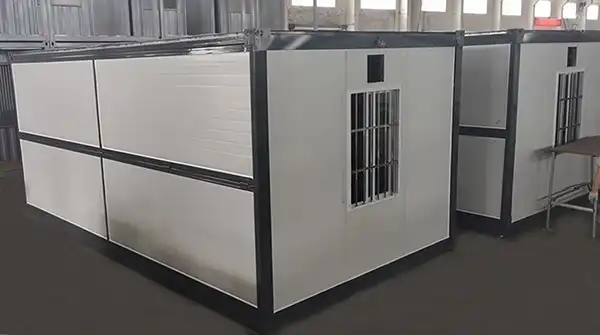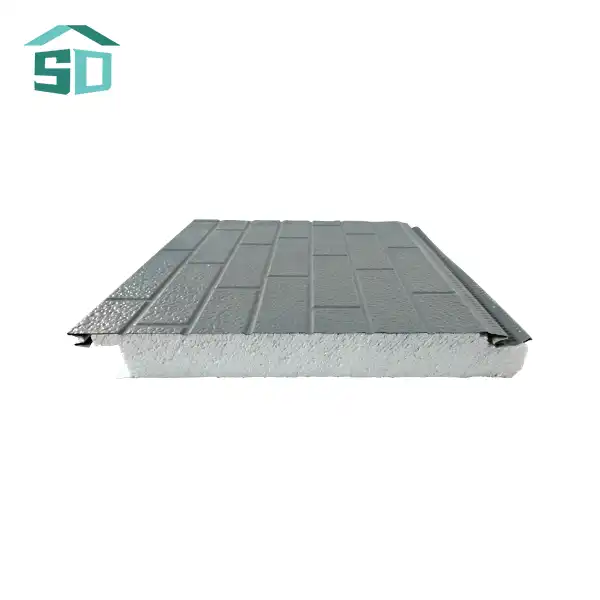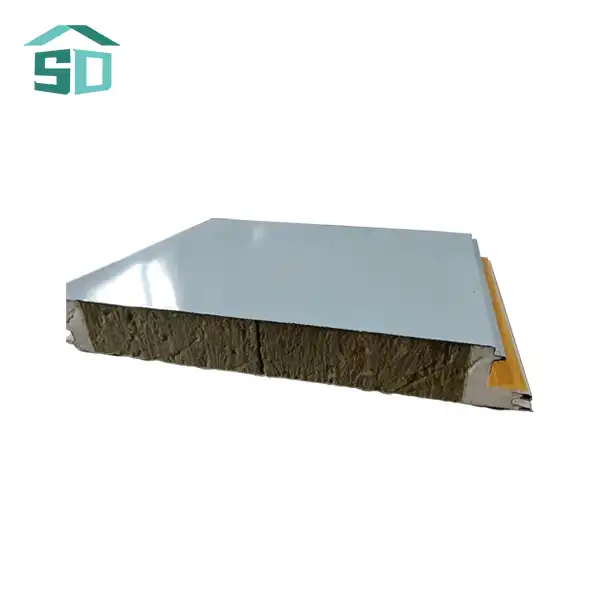Energy Efficiency and Cost Savings: The Unsung Heroes of Building Design
Insulated thermal wall panels are the silent champions of energy conservation in modern construction. These innovative panels create a formidable barrier against heat transfer, effectively maintaining desired indoor temperatures with minimal energy expenditure. The superior insulation properties of these panels stem from their sophisticated construction, typically featuring a robust insulation core sandwiched between two metal sheets.
The energy efficiency of insulated thermal wall panels translates directly into substantial cost savings for building owners and occupants. By significantly reducing the workload on heating, ventilation, and air conditioning (HVAC) systems, these panels contribute to lower energy bills year-round. In colder climates, they prevent heat from escaping, while in warmer regions, they keep the cool air inside, reducing the need for constant climate control.
Moreover, the long-term financial benefits extend beyond mere energy savings. The durability and low maintenance requirements of these panels mean fewer repair and replacement costs over the building's lifetime. This aspect is particularly appealing for commercial and industrial structures where maintenance downtime can be costly.
Quantifying the Savings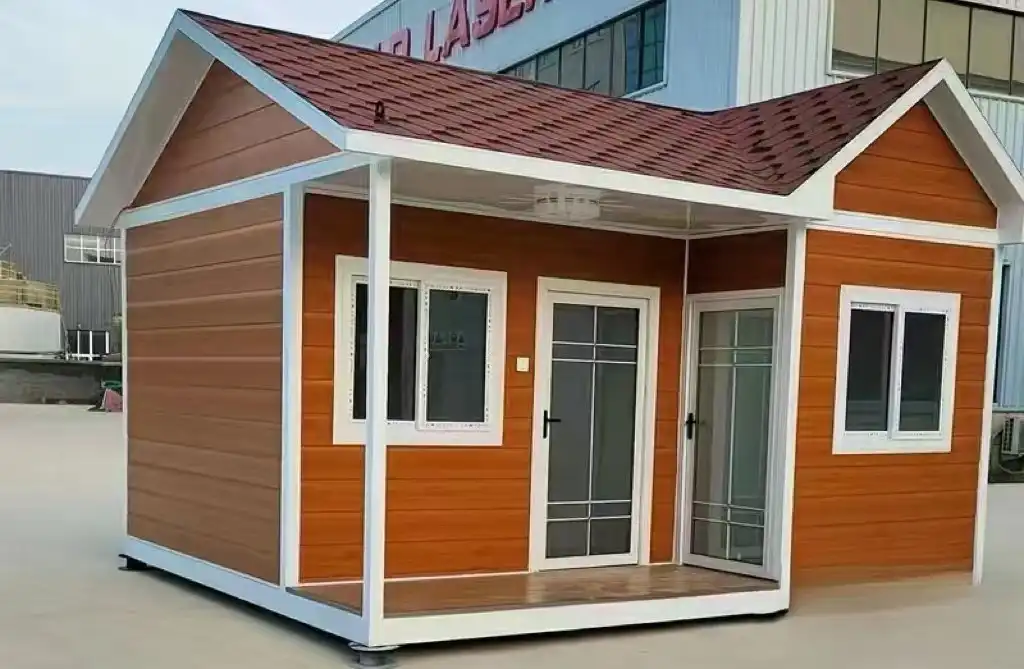
Studies have shown that buildings equipped with insulated thermal wall panels can achieve energy savings of up to 30% compared to traditional construction methods. This translates to substantial reductions in operational costs and a smaller carbon footprint, aligning with global sustainability goals.
Versatility and Aesthetic Appeal: Breaking the Mold of Traditional Construction
Insulated thermal wall panels are not just about function; they offer a remarkable blend of versatility and aesthetic appeal that is reshaping architectural possibilities. These panels come in a wide array of finishes, colors, and textures, allowing architects and designers to create visually striking buildings without compromising on thermal performance.
The versatility of these panels extends to their application in various building types. From sleek, modern office complexes to cozy residential homes, insulated thermal wall panels adapt to diverse architectural styles. They can mimic the appearance of traditional building materials like brick or wood or provide a clean, contemporary look with smooth metallic finishes.
This flexibility in design is complemented by the panels' ability to accommodate various architectural features. They can be easily cut and shaped to fit around windows, doors, and other design elements, allowing for creative freedom in building design. The seamless integration of these panels into different architectural styles makes them a favorite among designers looking to balance form and function.
Customization Options
Insulated thermal wall panels offer extensive customization options. Manufacturers like Weifang Sandong Building Materials Co., Ltd. provide panels in various materials including aluminum, steel, stainless steel, and copper. The panels are available in standard sizes of 1200mm x 2400mm, with thicknesses ranging from 50mm to 100mm, and can be further customized to meet specific project requirements. The color options are vast, including coated, painted, and anodized finishes, ensuring that every project can achieve its unique aesthetic vision.
Environmental Impact and Sustainability: A Green Solution for Modern Construction
In an era where environmental consciousness is paramount, insulated thermal wall panels emerge as a beacon of sustainability in the construction industry. These panels contribute significantly to the reduction of a building's environmental footprint through various means.
Firstly, the enhanced energy efficiency of buildings equipped with these panels leads to a substantial decrease in greenhouse gas emissions associated with heating and cooling. By reducing the energy demands of buildings, which account for a significant portion of global energy consumption, insulated thermal wall panels play a crucial role in mitigating climate change.
Additionally, the manufacturing process of these panels is often more environmentally friendly compared to traditional building materials. Many manufacturers, including Weifang Sandong Building Materials Co., Ltd., use recyclable materials in their production, and the panels themselves are often recyclable at the end of their lifecycle, promoting a circular economy in construction.
The longevity of insulated thermal wall panels also contributes to their environmental benefits. Their durability means less frequent replacements, reducing the demand for new materials and the associated environmental costs of production and disposal. This longevity is further enhanced by their resistance to weather, UV rays, and corrosion, ensuring sustained performance over time.
LEED Certification and Green Building Standards
The use of insulated thermal wall panels can significantly contribute to achieving LEED (Leadership in Energy and Environmental Design) certification and meeting other green building standards. Their energy efficiency, use of sustainable materials, and contribution to indoor environmental quality align perfectly with the criteria set by these environmental rating systems, making them an ideal choice for projects aiming for green certifications.
Conclusion
Insulated thermal wall panels offer a compelling array of benefits that extend far beyond their primary function of insulation. From significant energy savings and cost reductions to versatile design options and environmental sustainability, these panels are transforming the landscape of modern construction. As the industry continues to evolve towards more efficient and sustainable building practices, insulated thermal wall panels stand out as a solution that meets both current needs and future aspirations in construction technology.
For those looking to explore the possibilities of insulated thermal wall panels in their next project, Weifang Sandong Building Materials Co., Ltd. offers expert guidance and high-quality products. To learn more about our exterior cladding and facade solutions, including insulated thermal wall panels, please contact us at info@sdqsc.com.
FAQ
What are the main advantages of using insulated thermal wall panels?
The key benefits include superior energy efficiency, cost savings on heating and cooling, versatile design options, durability, and environmental sustainability.
Are insulated thermal wall panels suitable for all types of buildings?
Yes, these panels are versatile and can be used in residential, commercial, and industrial buildings, as well as in transportation applications.
How do insulated thermal wall panels contribute to sustainability?
They reduce energy consumption, are often made from recyclable materials, have a long lifespan, and can help buildings achieve green certifications like LEED.
References
1.U.S. Department of Energy. (2021). "Insulation Materials." Energy.gov.
2.LEED. (2022). "LEED Rating System." U.S. Green Building Council.
3.International Energy Agency. (2021). "Energy Efficiency in Buildings." IEA.org.
4.Weifang Sandong Building Materials Co., Ltd. (2023). "Product Specifications and Technical Data."
